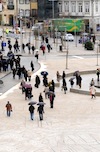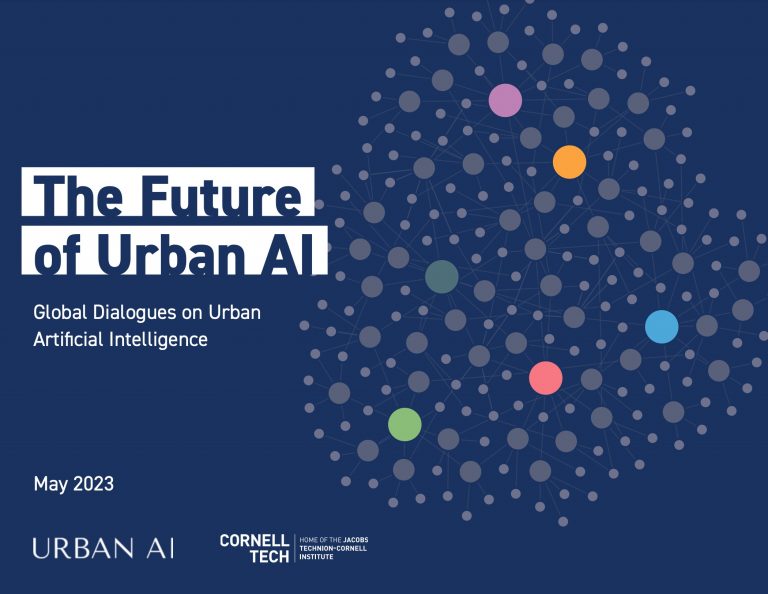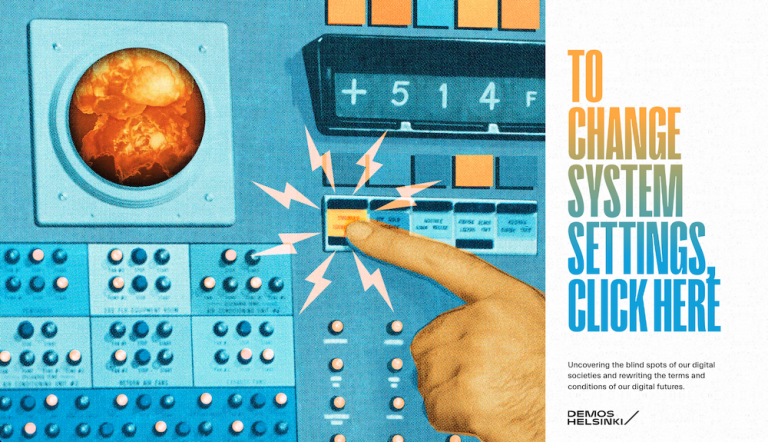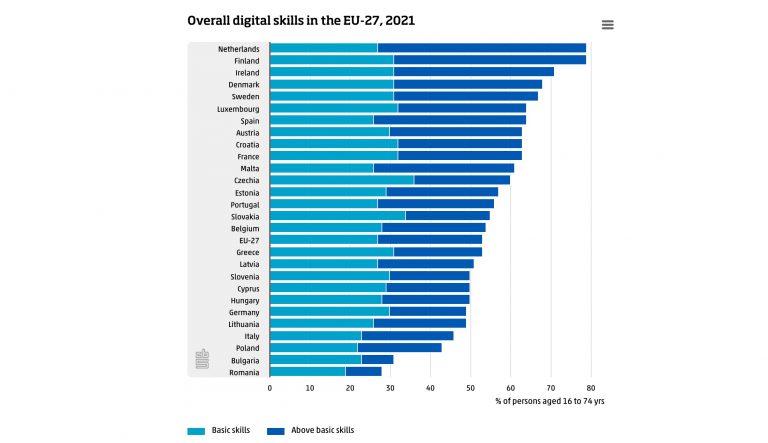Charles Leadbeater: Why cities need to be hospitable rather than smart

Guimarães (Portugal), European Capital of Culture 2012, is commissioning a number of thought leadership pieces and artistic interventions to explore the concept of “Openness†as it relates to all aspects of City development – from personal to political, infrastructure to innovation.
The first one is by Charles Leadbeater, a renowned thinker on creativity, collaboration and innovation (and author of WeThink). He provides an overview of “openness as a methodology for achieving positive change’ – seen particularly through the lens of a small city such as Guimarães.
“Cities that aspire to be truly creative, need to combine cultural creativity with a broader agenda for social creativity. Truly creative cities are as creative about transport, housing, energy and waste as they are about culture and the arts.” […]
These social challenges have traditionally been tasks for specialists – planners, architects and engineers – to re-imagine the city from on high. Most famously this gave rise to the modernist vision of the city as a machine, a lattice work of roads, factories and high rise apartment blocs. The failure of many of these schemes for planned problem solving in cities means there is a growing emphasis in many cities on more bottom up solutions, that require more distributed, social creativity, which often involves a combination of top down investment in new infrastructures – for example for energy, transport or waste– combined with changes in mass behaviour – using electricity, mass transit, household recycling. Creative cities are too large, open and unruly to be regulated in detail, top down by an all-seeing state or experts. They have to encourage collective, voluntary, self-control. A city that could be planned from the centre would also be dead. There are plenty of examples of cities around the world which are busy and rich in infrastructure and yet dead, socially and creatively, precisely because they allow little or no room for people to come together in unprogrammed ways. Successful cities allow a lot of room for adaptive mutation, encouraging their citizens to invest their ideas in the spaces they inhabit.”



